How do planetary systems form and evolve? This is what a new and groundbreaking laboratory at the Southwest Research Institute (SwRI) hopes to address as s | Space
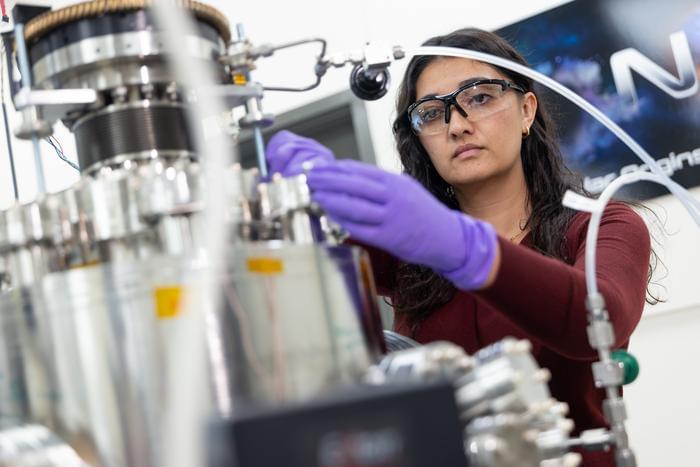

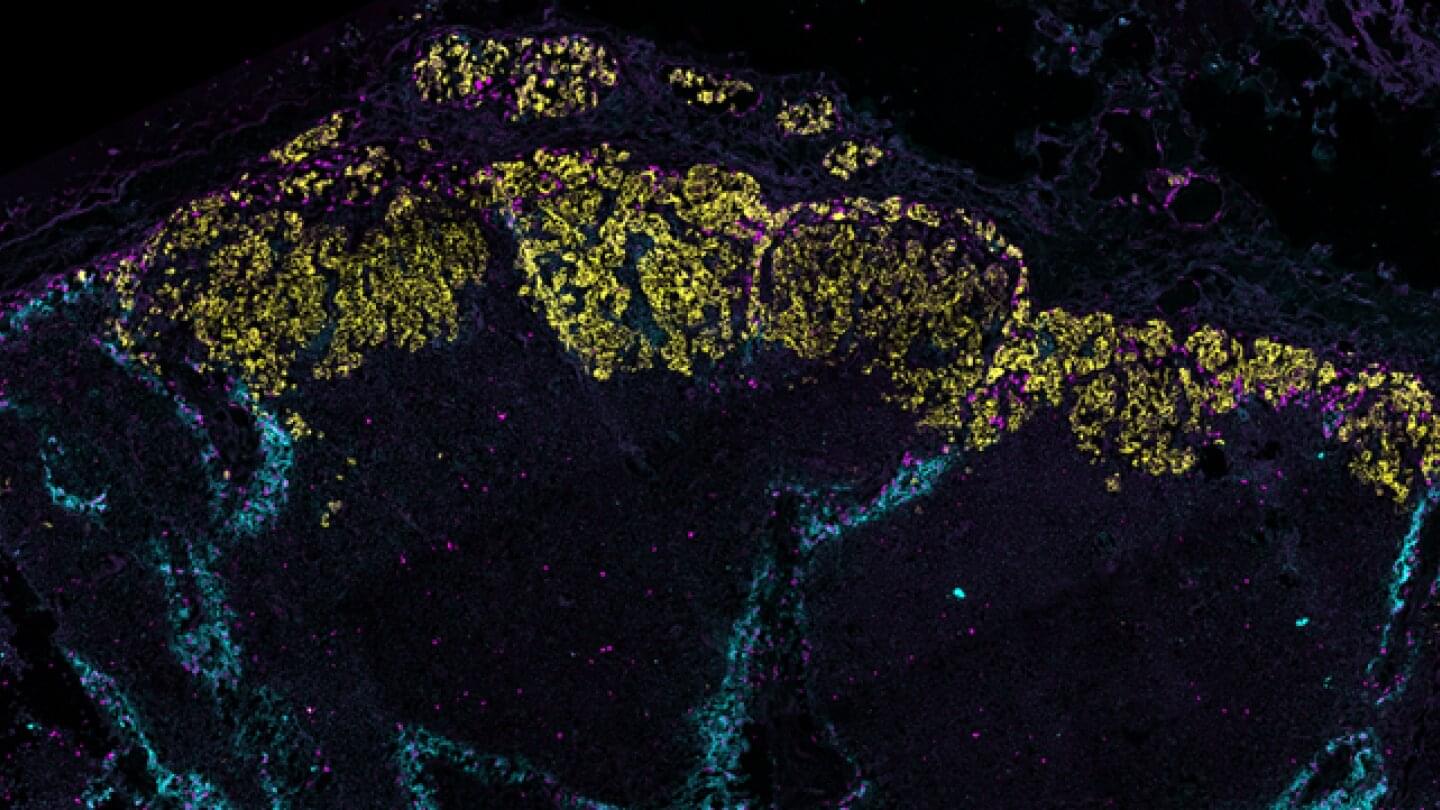
Breast cancer is able to modify the lymphatic vessels through which it travels to the draining lymph nodes. From there, it can then spread to other parts of the body. A new finding by Finnish researchers may help develop targeted therapies that could prevent this spread.
The findings have been published in Nature Communications.
The most dangerous feature of breast cancer is its ability to spread elsewhere in the body. Usually, the first sign of metastasis is that cancer cells are also found in the lymph nodes draining the tumor area. The first lymph nodes that cancer cells can reach via the lymphatic vessels are located in the armpit.

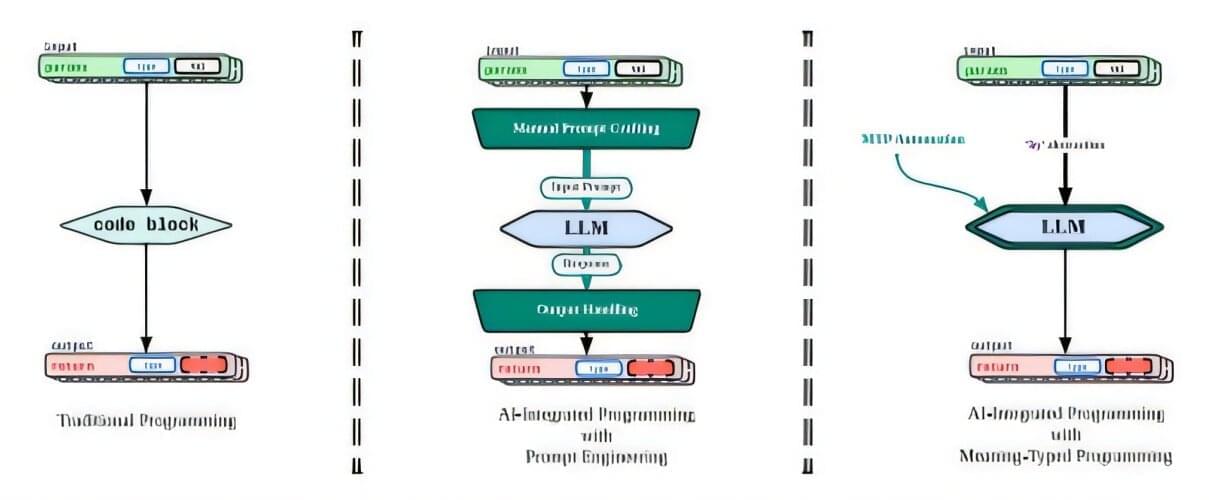
Developers can now integrate large language models directly into their existing software using a single line of code, with no manual prompt engineering required. The open-source framework, known as byLLM, automatically generates context-aware prompts based on the meaning and structure of the program, helping developers avoid hand-crafting detailed prompts, according to a conference paper presented at the SPLASH conference in Singapore in October 2025 and published in the Proceedings of the ACM on Programming Languages.
“This work was motivated by watching developers spend an enormous amount of time and effort trying to integrate AI models into applications,” said Jason Mars, an associate professor of computer science and engineering at U-M and co-corresponding author of the study.
A new device uses focused sound cues to keep users grounded amid digital distractions, with possible benefits for anxiety and ADHD as well.
The whisper of two palms rubbing together. The squeak of a marker on a whiteboard. The swish of fabric against fabric. The whoosh of a running faucet. These sounds can help center the mind on the present moment.
Such cues were the driving force of new research from Stanford’s SHAPE Lab and the Virtual Human Interaction Lab, which has created a new device they believe can improve mindfulness in an all-too-distracting digital world. The secret is that the keys to mindfulness have been right in front of our ears all along, hidden in the often subtle, overlooked audio cues that help ground us in the beauty and meaning of everyday experiences.

Using NASA’s Kepler space telescope, Chinese astronomers have observed a binary star system known as KIC 5623923. As a result, they found that the investigated system is a faint eclipsing binary experiencing Delta Scuti-type pulsations. The new findings were published Nov. 24 on the arXiv pre-print server.
Delta Scuti stars are pulsating variables with spectral types between A and F, named after the Delta Scuti variable in the constellation Scutum. They exhibit radial and non-radial pulsations spanning periods from 20 minutes to eight hours. Studying pulsation behavior of Delta Scuti variables could help us advance our knowledge about stellar interiors.
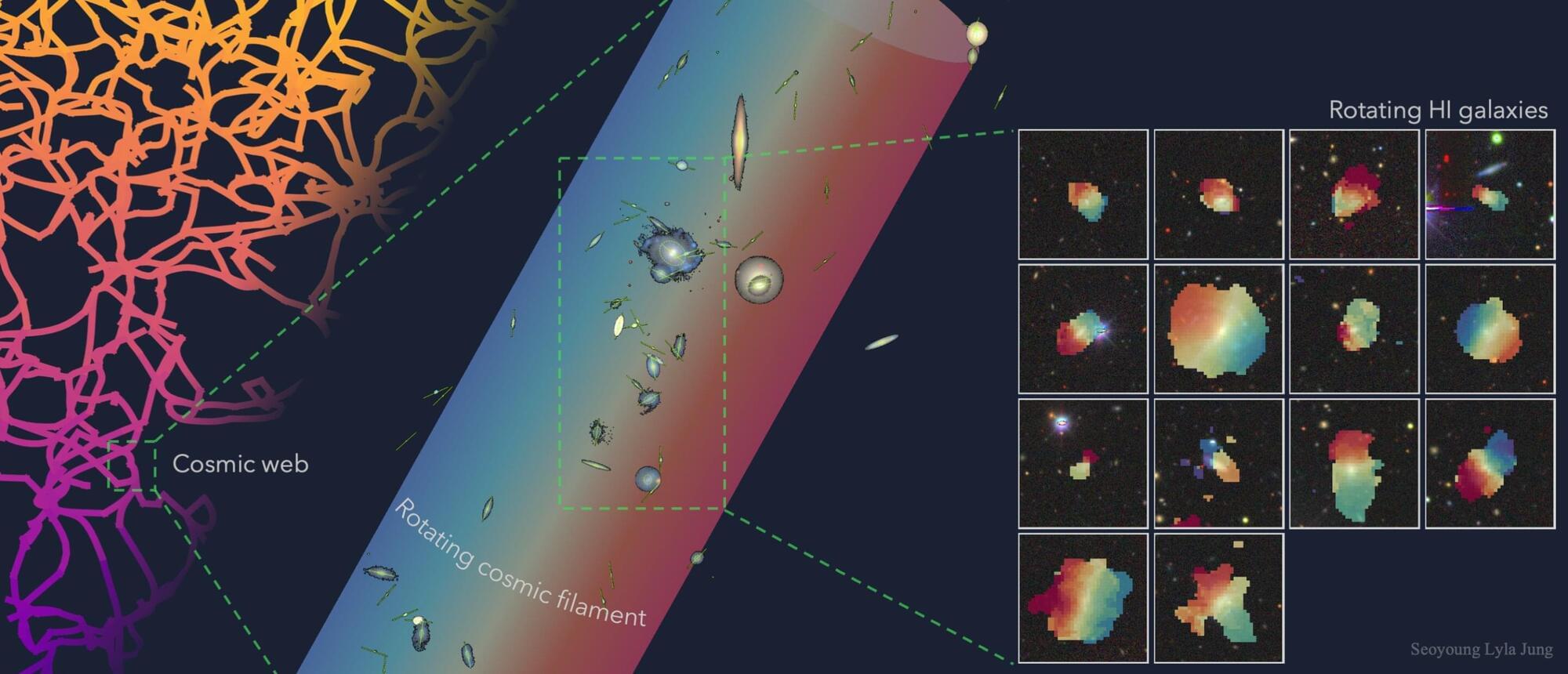
An international team led by the University of Oxford has identified one of the largest rotating structures ever reported: a “razor-thin” string of galaxies embedded in a giant spinning cosmic filament, 140 million light-years away.
The findings, published in Monthly Notices of the Royal Astronomical Society, could offer valuable new insights into how galaxies formed in the early universe.
Cosmic filaments are the largest known structures in the universe: vast, thread-like formations of galaxies and dark matter that form a cosmic scaffolding. They also act as “highways” along which matter and momentum flow into galaxies.
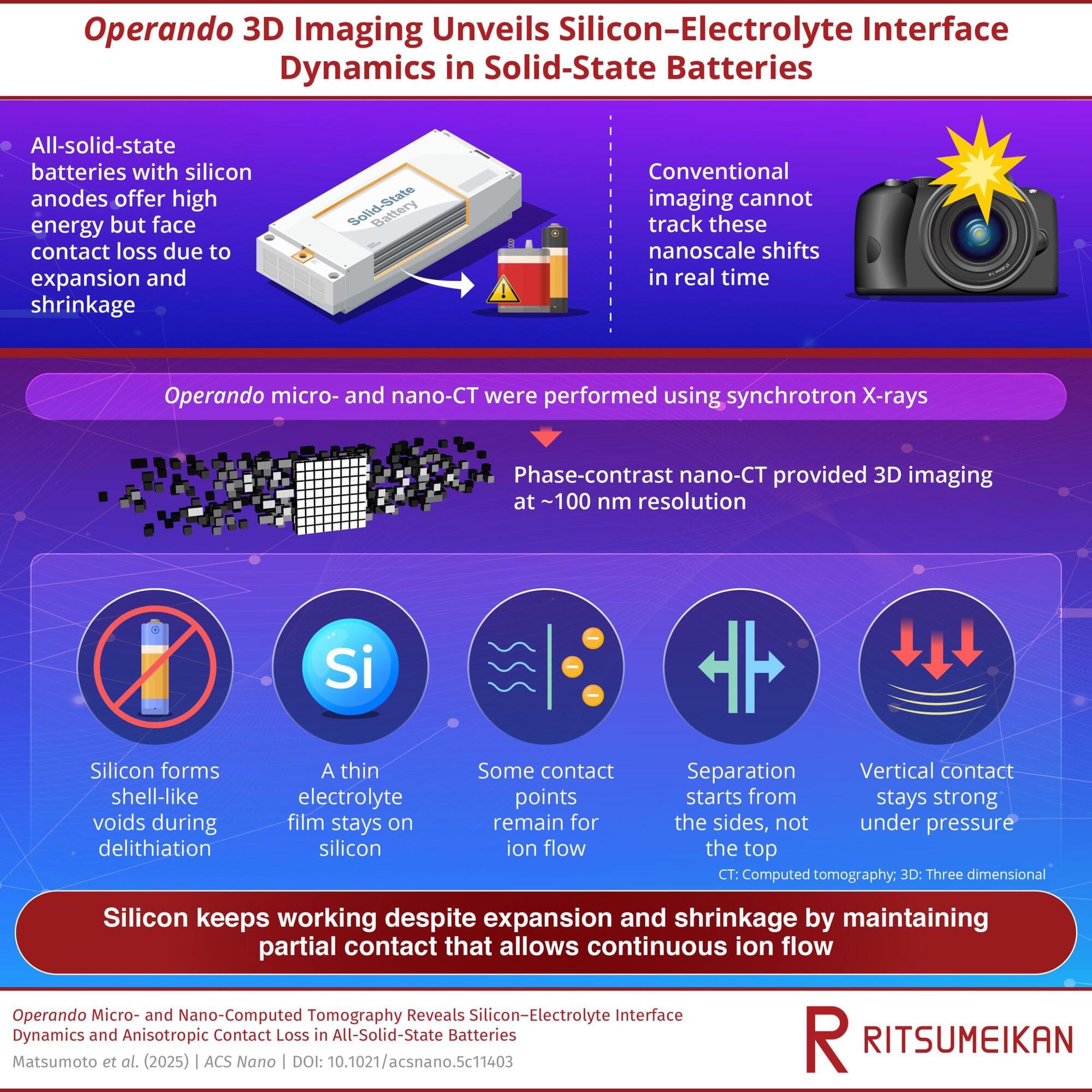
All-solid-state batteries (ASSBs) using silicon (Si) anodes are among the most promising candidates for high-energy and long-lasting power sources, particularly for electric vehicles. Si can store more lithium than conventional graphite, but its volume expands by roughly 410% during charging. This swelling generates mechanical stress that cracks particles and weakens their contact with the solid electrolyte, disrupting the flow of ions and reducing efficiency.
To address this, a research group led by Professor Yuki Orikasa from the College of Life Sciences, Ritsumeikan University, along with Ms. Mao Matsumoto, a graduate student at the Graduate School of Life Sciences, Ritsumeikan University (at the time), and Dr. Akihisa Takeuchi from the Japan Synchrotron Radiation Research Institute, used operando synchrotron X-ray tomography with nanometer resolution to observe what happens inside these batteries as they charge and discharge in real time.
Their paper is published in ACS Nano.
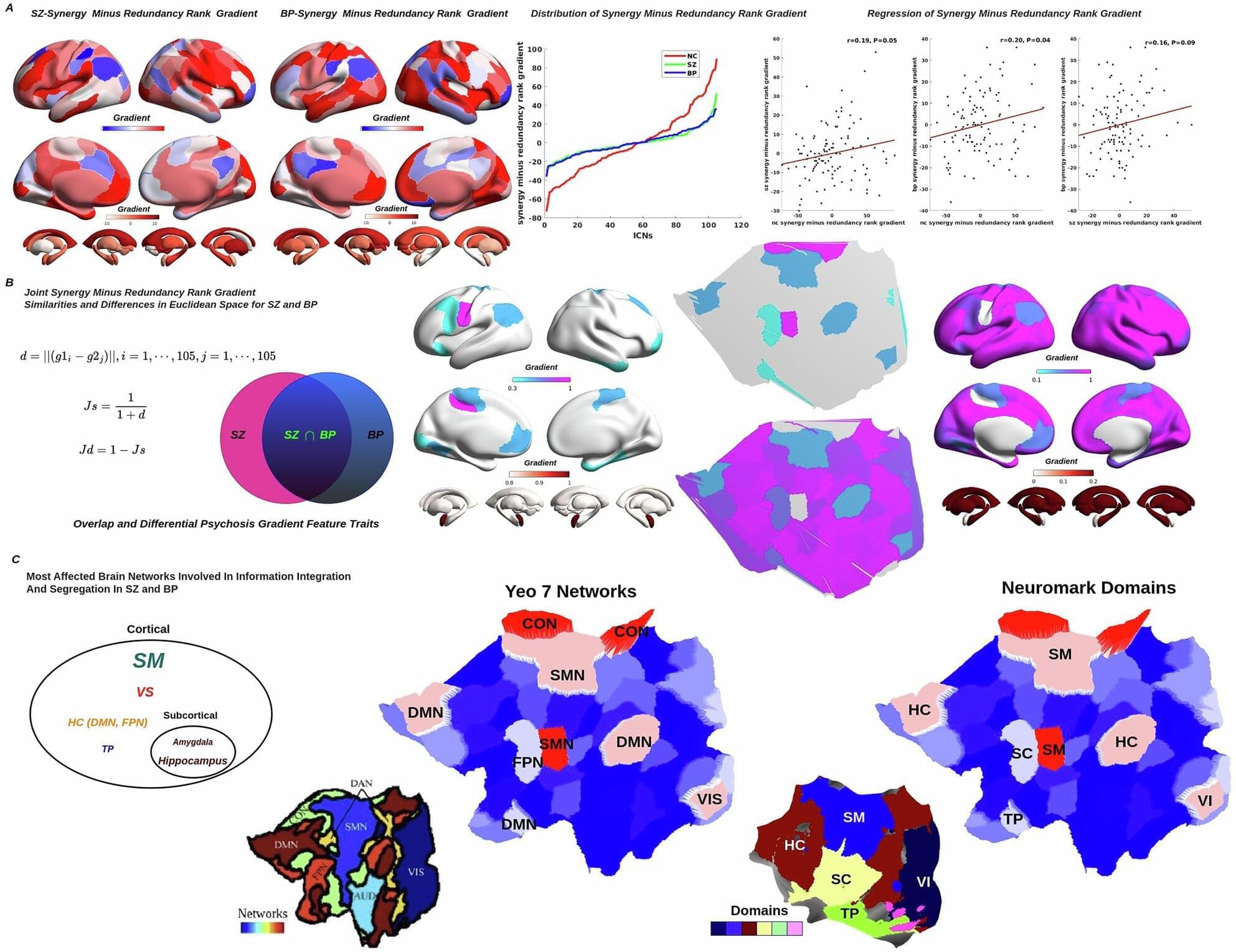
Some psychiatric disorders, particularly schizophrenia and bipolar disorder (BP), can prompt the emergence of so-called psychotic states, mental states characterized by distorted thinking patterns, altered perceptions and unusual beliefs. Detecting and diagnosing these states is not always easy, as they often overlap with the symptoms of other mental health disorders, and reliable methods to identify psychosis are still lacking.
Researchers at Georgia Institute of Technology and Emory University recently carried out a study aimed at further exploring the neural signatures of psychotic states. Their findings, published in Molecular Psychiatry, suggest that the activity in the brains of individuals who are experiencing psychosis is significantly more random, following patterns that hint at an unstable flow of information.
“The measures of resting-state fMRI spatiotemporal complexity offer a powerful tool for identifying irregularities in brain activity,” Qiang Li, Jingyu Liu, and their colleagues wrote in their paper.
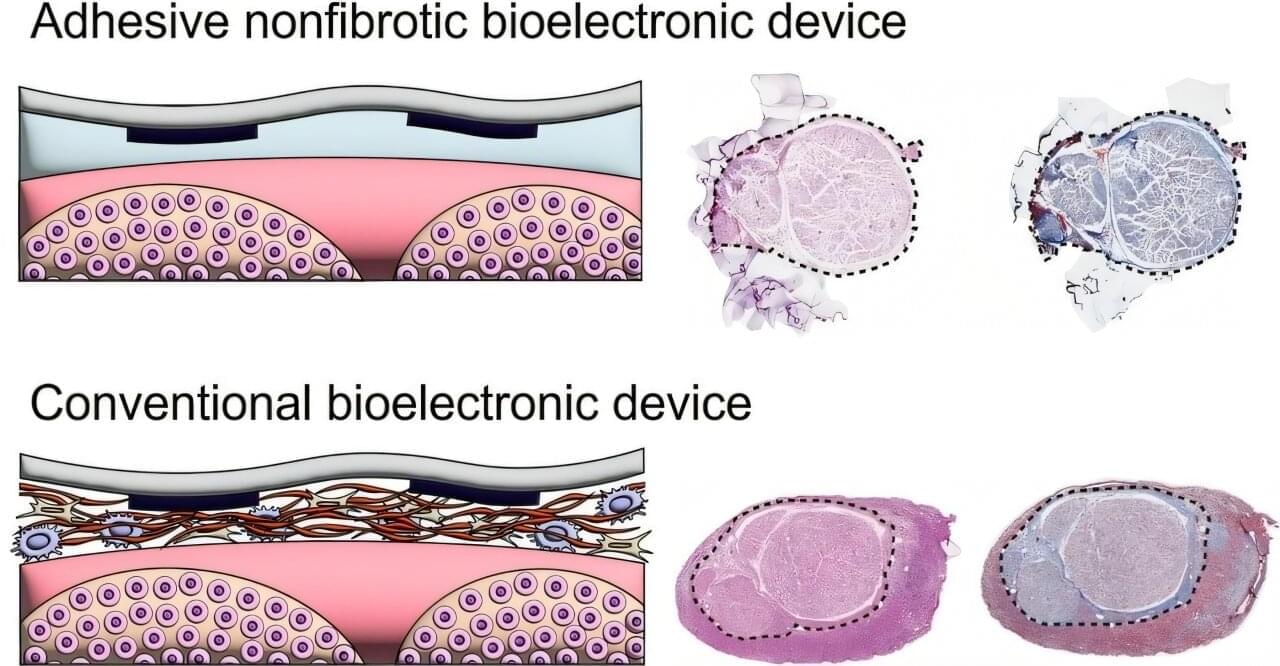
Peripheral nerves—the network connecting the brain, spinal cord, and central nervous system to the rest of the body—transmit sensory information, control muscle movements, and regulate automatic bodily functions. Bioelectronic devices implanted on these nerves offer remarkable potential for the treatment and rehabilitation of neurological and systemic diseases.
However, because the body perceives these implants as foreign objects, they often trigger the formation of dense fibrotic tissue at bioelectronic device–tissue interfaces, which can significantly compromise device performance and longevity.